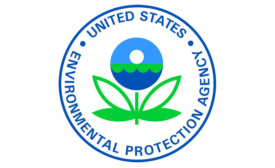News
A NIOSH Science Blog post
Are there nano- and microplastics in the workplace?
February 21, 2020
New NSC report shares how existing technologies can save employee lives
Work to Zero research identifies the most relevant workplace hazards and maps more than 100 technologies to mitigate the risks
February 20, 2020
Oregon music fest turns deadly for workers: employer cited
Alarm devices were disabled
February 20, 2020
Study IDs states with highest rates of melanoma due to UV radiation
Several landlocked states among those with highest rates
February 19, 2020
Never miss the latest news and trends driving the safety industry
eNewsletter | Website | eMagazine
JOIN TODAYCopyright ©2024. All Rights Reserved BNP Media.
Design, CMS, Hosting & Web Development :: ePublishing









